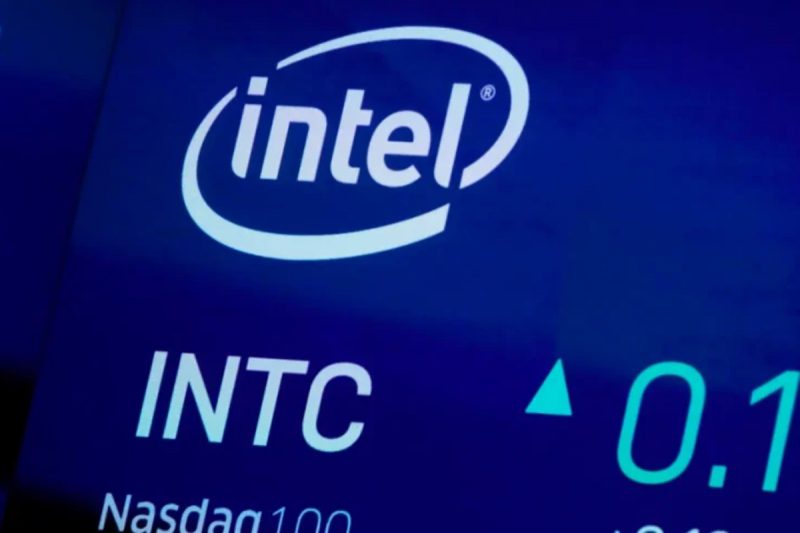Intel stock (INTC) hit the $30 mark on Tuesday following Nvidia’s announcement of investing $10B into the former. Per a Nvidia press release last week, the companies will focus on seamlessly connecting NVIDIA and Intel architectures using NVIDIA NVLink — integrating the strengths of NVIDIA’s AI and accelerated computing with Intel’s leading CPU technologies and x86 ecosystem to deliver cutting-edge solutions for customers.
Nvidia’s stake purchase would represent a roughly 4% stake in Intel, and bring recent outside investment in the latter to $16 billion. Indeed, the Trump administration was reportedly in talks with TSMC and Intel to split up the company and hand over Intel’s manufacturing business to its Taiwanese counterpart. While that deal never materialized, the US government drew attention for its unusual move to take a 10% stake in Intel this summer. Now, both companies’ stockholders are reaping profits from the reported deal.
Intel’s x86 architecture has been foundational to modern computing for decades — and we are innovating across our portfolio to enable the workloads of the future,” said Lip-Bu Tan, CEO of Intel, last week. “Intel’s leading data center and client computing platforms, combined with our process technology, manufacturing, and advanced packaging capabilities, will complement NVIDIA’s AI and accelerated computing leadership to enable new breakthroughs for the industry. We appreciate the confidence Jensen and the NVIDIA team have placed in us with their investment and look forward to the work ahead as we innovate for customers and grow our business.”
Also Read: Apple (AAPL) Rides Strong iPhone 17 Sales: Stock Gets Upgrade
Intel (INTC) stock has since dipped after tapping $30 early on Tuesday, likely revealing a resistance level. Analysts like Loop Capital rate Intel as Hold with a $25 target, slightly below the current price of $28.76. In contrast, Rosenblatt has a Sell rating with a $14 target, showing a more bearish view. The price target scores reflect historical accuracy, not future predictions.





